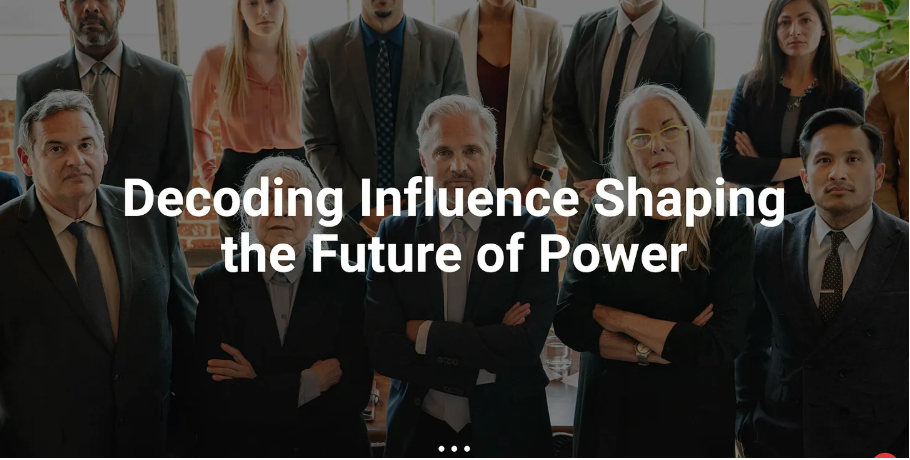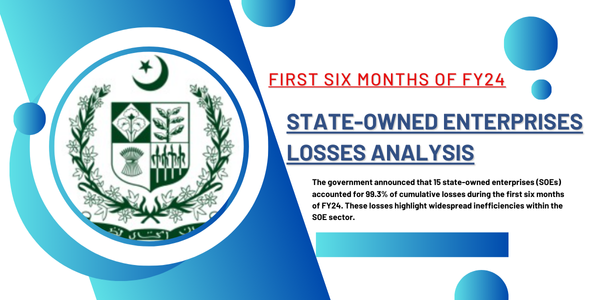Drop Site Story of Robots: A Mysterious Think Tank in Washington
In the chaotic world of global politics, where influence can make or break a nation, “Drop Site Story of Robots” offers a fascinating narrative. It unveils the Beltway Grid Policy Centre, a think tank that defies conventional definitions. Operating entirely in the digital realm, it is staffed by fictional characters, likely created by artificial intelligence. While its reports focus primarily on South Asia and the political turmoil in Pakistan, its lack of a physical presence or human staff raises serious questions about its authenticity and intentions.
The story of Beltway Grid is not just about AI’s role in politics but also about how states may be exploiting technology to sway public opinion. This peculiar think tank claims to dive deep into “the modern dynamics of lobbying” and aims to “illuminate the hidden tactics shaping global politics.” However, a closer look reveals a facade powered by automation and aimed at specific geopolitical outcomes.
A Think Tank Without a Physical Presence
Beltway Grid Policy Centre appeared out of nowhere in October. It began issuing reports, and press releases, and pitching news coverage at an alarming pace. Yet, there was no launch party, no K Street office, and no physical location. The think tank seemed to exist only online. While many think tanks might operate remotely, Beltway Grid’s virtual presence goes a step further—it has no real staff.
The organization’s “About Us” page lists 12 individuals with roles like “Director of Policy Research and Impact” and “Research Specialist, Lobbying Techniques & Ethics.” However, none of these individuals have a traceable professional history or even evidence of existing in the real world. Names like Hugh Bradford-Smythe and Jimmy Prescott seem plucked from 19th-century novels, rather than the halls of modern academia or policy-making.
Efforts to contact any of the listed staff members have failed. Reverse Google Image searches reveal that even the photos on its website are stock images. This raises a fundamental question: Who—or what—is running Beltway Grid? If its staff members are entirely fictional, could the think tank itself be a product of artificial intelligence?
The Role of AI in Lobbying
Using AI to create a think tank represents a new frontier in political influence. While proponents of artificial intelligence often argue that AI cannot “think,” Beltway Grid shows how it can simulate critical aspects of human activity, such as drafting reports, creating narratives, and engaging with journalists. This raises the stakes for detecting and countering disinformation campaigns in the digital age.
One of Beltway Grid’s most notable reports, titled Democracy Under Siege: Economic Fallout and Diplomatic Implications of Protests in Pakistan, attributes economic instability in Pakistan to protests led by former Prime Minister Imran Khan. The report’s data and conclusions closely mirror those found in an internal report by the Pakistan military. This alignment raises suspicions about the think tank’s true affiliations and purpose. Could it be a tool to promote the military’s narrative and undermine political opposition?
Interestingly, the report gained significant traction in Pakistani media and was even republished internationally. This demonstrates the effectiveness of Beltway Grid’s operations, despite—or perhaps because of—its artificial nature.
A Curious Obsession with Pakistan
Beltway Grid’s output consistently aligns with the interests of Pakistan’s military establishment. For instance, it frequently uses the term “5th Generation Warfare,” a concept heavily promoted by the Pakistan military to describe perceived threats in the form of online criticism and narratives. The think tank even assigns roles like “Research Specialist, 5th Generation Warfare” and “Policy Analyst, 5th Generation Warfare” to its fictional staff.
One of its most peculiar efforts involves lobbying against Imran Khan’s candidacy for Oxford Chancellor. Despite its dubious origins, Beltway Grid’s report on the subject was picked up by news outlets, further highlighting its ability to influence public discourse. This focus on Pakistan’s political landscape suggests that the think tank’s creators are not neutral observers but active participants in shaping narratives.
A Broader Context: Influence Operations in Washington
Beltway Grid is not an isolated case. The use of fabricated entities to manipulate public opinion and influence policy is becoming increasingly common. The EU DisinfoLab’s 2020 report, Indian Chronicles, exposed a 15-year operation involving fake NGOs and media outlets designed to shape global narratives. Similarly, Pakistan’s military has been implicated in running fake social media accounts to promote its agenda.
In Beltway Grid’s case, the strategy appears to extend to Washington, D.C. The Islamabad Policy Research Institute (IPRI), a think tank closely linked to Pakistan’s military, recently hired a U.S. lobbying firm for $1.5 million per year—a significant increase from its usual budget of $200,000 to $300,000. This investment underscores the military’s determination to counter opposition narratives, particularly those gaining traction within the Pakistani diaspora in the United States.
The military’s efforts also include engaging additional PR firms and allocating millions of dollars to combat “fake information” against state institutions. However, critics argue that the military’s focus on combating disinformation is hypocritical, given its own use of fake accounts and deceptive tactics.
The Risks of Digital Deception
Beltway Grid’s operations highlight the growing risks posed by digital deception. As technology advances, creating convincing but fake organizations becomes easier. The think tank’s ability to influence narratives—despite having no real staff or physical presence—should serve as a wake-up call. Policymakers must remain vigilant against such tactics, which can undermine democratic processes and distort public opinion.
The rise of AI-generated think tanks also raises ethical questions. Should there be regulations to prevent the use of artificial intelligence in creating fake entities? How can governments and organizations detect and counter these operations effectively? The Beltway Grid Policy Centre may be a harbinger of a future where disinformation campaigns are increasingly automated and sophisticated.
Lobbying and the Art of Deception
Another clue to Beltway Grid’s artificial nature lies in its use of the term “lobbying.” In Washington, lobbying is often referred to euphemistically as “government affairs” to avoid the negative connotations associated with the term. Yet Beltway Grid prominently uses the word across its website. Its fictional staff includes titles like “Coordinator, Lobbying Operations & Policy” and “Senior Fellow, Lobbying and Regulatory Affairs.” This suggests that whoever created Beltway Grid may lack an in-depth understanding of D.C.’s lobbying culture.
Despite its shortcomings, Beltway Grid’s strategy appears to be working. Its reports and narratives have made their way into mainstream media, influencing discussions about Pakistan’s political and economic situation. This demonstrates how even a poorly constructed facade can have real-world consequences.
Conclusion: A Warning for the Future
The “Drop Site Story of Robots” exposes a new dimension of political influence, where technology and deception converge to shape global narratives. Beltway Grid Policy Centre, with its fictional staff and AI-driven operations, represents a shift in how states and organizations seek to wield power in the digital age. Its success in influencing narratives, despite its artificial origins, underscores the need for greater scrutiny and regulation.
As policymakers grapple with the challenges of disinformation and digital deception, consequently, the story of Beltway Grid serves as a cautionary tale. In addition, it highlights the vulnerabilities of democratic institutions and the urgent need to address the ethical and practical implications of AI in global politics.
In the end, Beltway Grid may be nothing more than a virtual entity. Yet its impact on public discourse is tangible and far-reaching. The story of this mysterious think tank is not just about Pakistan or Washington—it’s about the future of influence in a world increasingly shaped by artificial intelligence.




Thanks for sharing. I read many of your blog posts, cool, your blog is very good.
Thanks a lot.